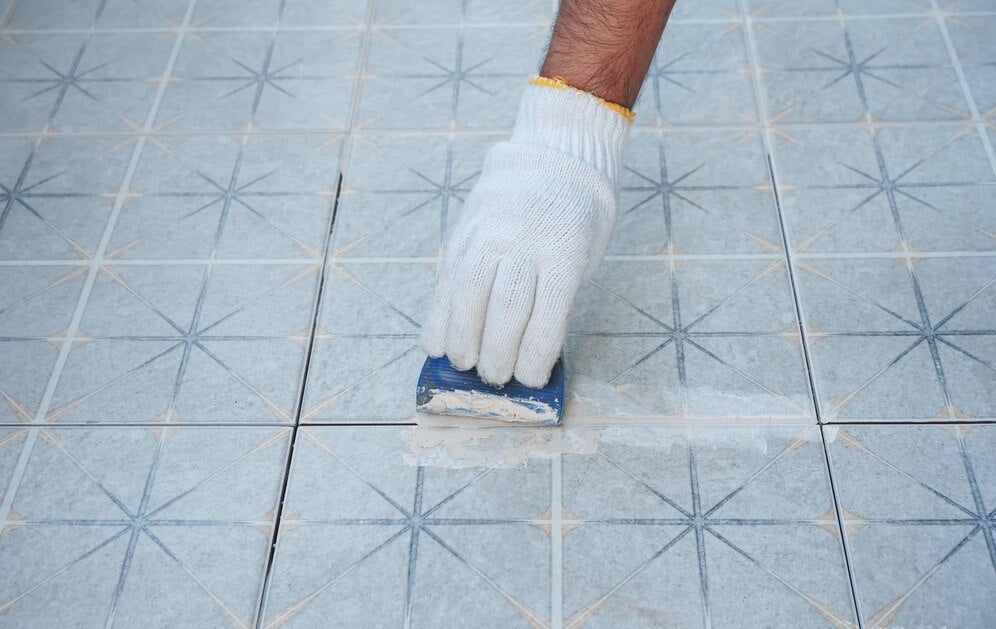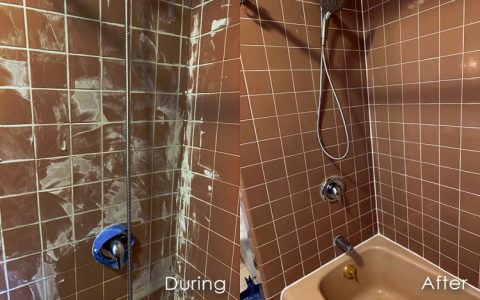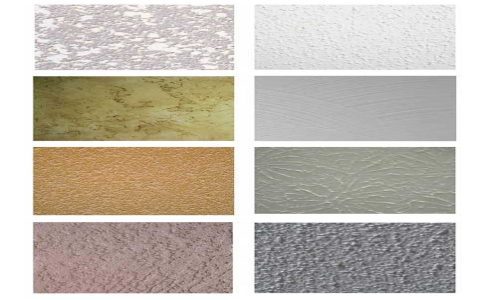Grout Drying and Curing Times
Understanding grout drying and curing times is essential for ensuring the longevity and integrity of your tile work. These times can vary significantly based on several factors.
Initial Set vs. Full Cure
It's important to distinguish between initial set and full cure:
- Initial Set: This is when the grout is firm enough to be carefully walked on or for very light use. Typically, this occurs within 24 to 72 hours. However, at this stage, the grout is not yet fully hardened or water-resistant.
- Full Cure: This is when the grout has reached its maximum hardness and chemical resistance, including resistance to water and staining. Full cure can take anywhere from 3 days to 3 weeks, or sometimes longer, depending on the grout type and environmental conditions. Sealing, if required, should only occur after a full cure.
Factors Affecting Grout Drying and Curing Time
Several variables can impact how long grout takes to dry and cure:

- Grout Type:
- Cementitious Grout (sanded/unsanded): Generally requires 24-72 hours before light foot traffic. Full cure and readiness for consistent water exposure (like in showers) typically takes 72 hours to several weeks.
- Epoxy Grout: Sets faster than cementitious types. It might be ready for light traffic in 12-24 hours and often achieves full cure in approximately 2-7 days. Epoxy grout is inherently waterproof once cured.
- Urethane Grout (Pre-mixed): Often ready for light traffic within 24 hours and can achieve full cure in about 7 days. Always verify with manufacturer specifications.
- Ambient Temperature and Humidity: Ideal conditions are generally around 70°F (21°C) with low to moderate humidity. High humidity will slow down the drying process, while low temperatures can significantly extend curing times. Conversely, excessively hot, dry, or windy conditions can cause grout to dry too quickly, potentially leading to weakness or cracking.
- Air Circulation: Moderate air circulation helps evaporate moisture, aiding the drying process. Avoid direct, strong drafts on freshly applied grout as this can cause uneven or too rapid drying.
- Grout Joint Width and Depth: Wider and deeper grout joints contain more material and will consequently take longer to dry and cure completely.
- Substrate Porosity: The porosity of the tiles and the substrate can influence moisture absorption and release, thereby affecting the grout's curing rate.
General Recommendations
- Light Foot Traffic: Wait at least 24 hours. For cementitious grouts, allowing 48-72 hours is often safer.
- Water Exposure (e.g., showers, wet cleaning): For cementitious grouts, wait a minimum of 72 hours, but preferably 7-10 days, or as per the manufacturer's specific guidelines, to ensure it's sufficiently cured before regular water contact. Epoxy grout typically allows for earlier water exposure.
- Sealing (for cementitious grout): Only apply a sealer after the grout is fully cured according to the manufacturer's instructions. This can range from 72 hours to 3 weeks post-installation, depending on the product and ambient conditions.
Crucial Note: Always prioritize the grout manufacturer's specific instructions provided on the packaging or technical datasheet. These guidelines are general, and the product manufacturer will provide the most accurate drying and curing times for the specific grout product used in your project. Premature exposure to water, traffic, or cleaning agents can compromise the grout's integrity and appearance.






